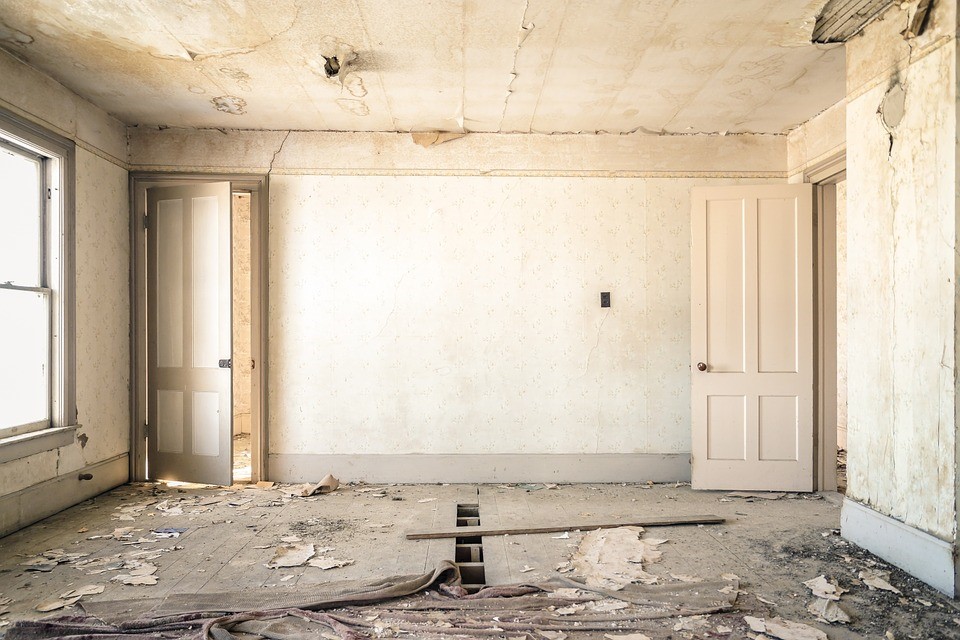If you are thinking about attempting a plastering project for DIY home improvement, it is important to begin by considering the tools you will use in applying and finishing plaster. A plastering trowel is a must for any plastering project. Since plastering trowels come in different sizes, you need to know what size best fits the job.
Plastering trowel length
Plastering trowels come in two lengths. The short plastering trowel is usually 11 inches, and the long plastering trowel is often 13 inches or longer. Longer trowels require greater technique and control in handling and application. On the other hand, a shorter plastering trowel ensures better contact with the wall where plaster is being applied.
Considerations for buying a plastering trowel
For a DIY project, you will need to consider the following before purchasing a trowel from any online plasterer’s tools UK supplier:
- The strength of your arm. The amount of pressure placed on the trowel while applying plaster is essential in ensuring a smooth finish. You need to consider the strength of your arm before buying plastering tools like a trowel. If you are unable to apply the right amount of pressure, it may result in hollow areas. To make sure that maximum amount of pressure is applied, an inexperienced plasterer should begin with a smaller trowel.
- Experience with plastering. This is an important consideration as to whether you can manage with a long or short trowel. Remember that the longer the trowel blade, the harder it is to control. For someone with limited experience, a short trowel can be considered as the best beginner’s tool for plastering.
- The area where plaster will be applied. Long plastering trowels are not ideal for small spaces. It will be awkward and difficult to reach tight spaces if you are using a long trowel to apply plaster. Inversely, a longer trowel is more efficient if you want to apply plaster over larger spaces. Nevertheless, this will depend on your skill and comfort level.
- Frequency of use. If you are investing in a good quality trowel, you need to make sure that it will withstand regular wear and tear. If you intend on using the trowel for other projects, it is best to consider buying a stainless-steel trowel. Some manufacturers produce stainless-steel trowels that don’t bend and can be used for a longer time. For a one-time home renovation project, you can perhaps make do with a generic trowel from the range of plastering tools UK suppliers sell online. You can also find inexpensive trowels from hardware stores and home improvement shops.
In conclusion, a DIY home improvement project involving the application of plaster requires a good plastering trowel. Beginners cannot go wrong with a versatile 11-inch trowel that is easier to handle and control. As you hone your plastering skills, you can start by investing in a variety of plastering tools used for special functions. Those who intend to become professional plasterers can begin with DIY projects and slowly attain the required expertise and experience for paid jobs.

Leave a Reply